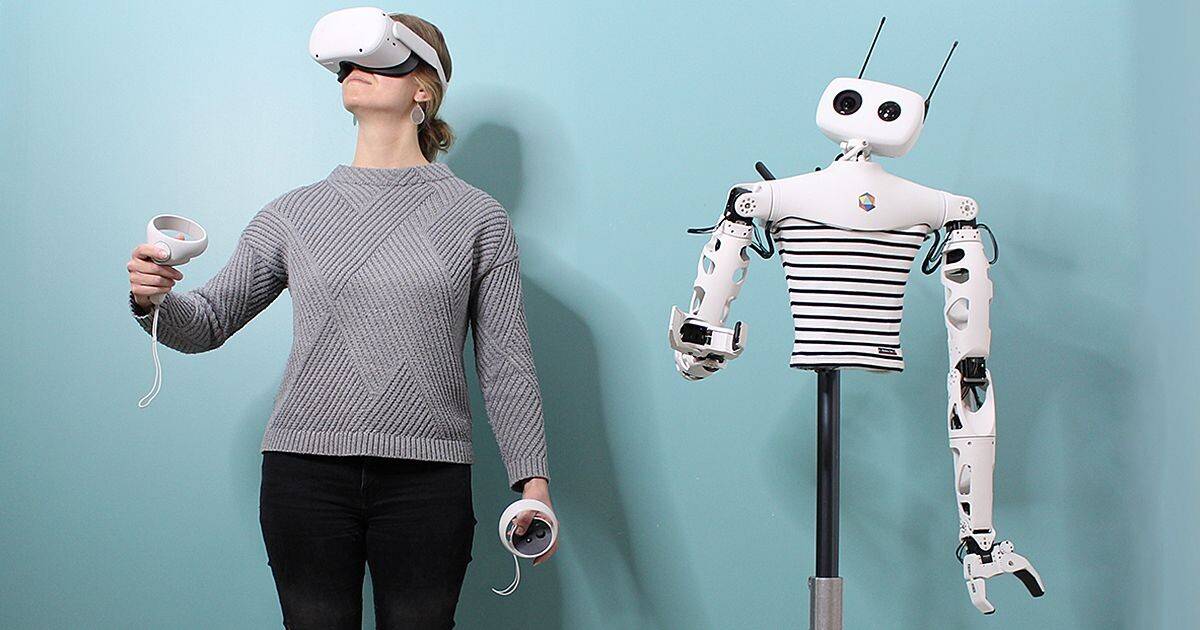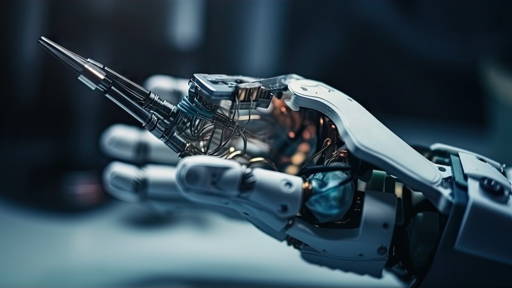Companion robots, cleaning robots, warehouse robots, and hospital and laboratory robots – machines that have acquired new abilities thanks to generative artificial intelligence – stood out at this year's Consumer Electronics Show CES.
ElliQ's. Companion robot for the elderly
The ElliQ social robot is designed to be a companion for the elderly. ElliQ remembers previous conversations, so each new interaction builds on the last, and it tailors discussion topics to the owner's interests. You can play games with it, but it also serves more serious functions, such as reminding you to take your medication. ElliQ can also connect with loved ones who appear on the screen attached to the device.

Saros Z70. Cleaning robot with an extra feature
Vacuuming robots have traditionally been limited to a single task—vacuuming flat surfaces, with varying levels of efficiency. However, the Roborock Saros Z70 introduces a special arm capable of picking up small objects from the floor, such as larger trash, papers, or socks. Given that a tidy home contributes to well-being and reduces unnecessary stress, this robot could be classified in the 'well-being' category.

Mirokai. A robot for hospitals
Mirokai is 1.3 meters long and moves by balancing smoothly on a ball, much like riding a Segway rather than using legs. Its digital face allows it to express emotions and communicate with people. From the start, the manufacturer has envisioned Mirokai being used in hospitals, helping nurses distribute food or deliver supplies from the warehouse.

Jenny. Interactive robot for patients with degenerative diseases
Jenny is a robotic dog created for a noble cause: assisting patients with dementia and Alzheimer's. Studies have shown that animals can improve the mood of patients, but for hygienic reasons, they cannot be housed in nursing homes. Robotic plushies, however, are a great alternative, as demonstrated by the success of the seal named Paro. Jenny responds to touch, makes sounds, wags her tail, moves her head and eyes, and looks strikingly like a real dog. Its manufacturer, Tombot, has announced that the robot will be certified as a medical device.

Digit. Robot made to work
The first applications of industrial robots were on production lines. In the automotive industry, for example, robotic arms performing repetitive tasks became widely used. Digit, from Agility Robotics, is the first robot designed to flexibly help with various physical jobs, moving around the environment like a human. Initially, its task will be to move goods in a warehouse. Weighing about 60 kg, it can carry loads of up to 22.6 kg and is already being tested by major companies. The goal for the next few years is to produce 10,000 robots.

Reachy2. Robot for dangerous missions
Pollen Robotics has unveiled its new Reachy2 robot, which is fully controlled by a human using virtual reality. The user controls the robot's arms, head, and hands while observing its environment as if they were physically present. Reachy2 can be used in settings like laboratories to work with hazardous materials.

Lemmy. Robot for active seniors
Joining the ranks of robots designed to assist the aging population is Lemmy, created by SHINSE Delta Tech. This AI-based device is expected to help the elderly with daily activities. For instance, it can guide exercise routines by displaying instructions on a large screen, connecting with loved ones or a doctor, and controlling other household appliances. If needed, it can even call for help. Unlike ElliQ, Lemmy moves freely around, ensuring it’s always there when you need it—whether doing exercises and yoga or connecting with friends.







